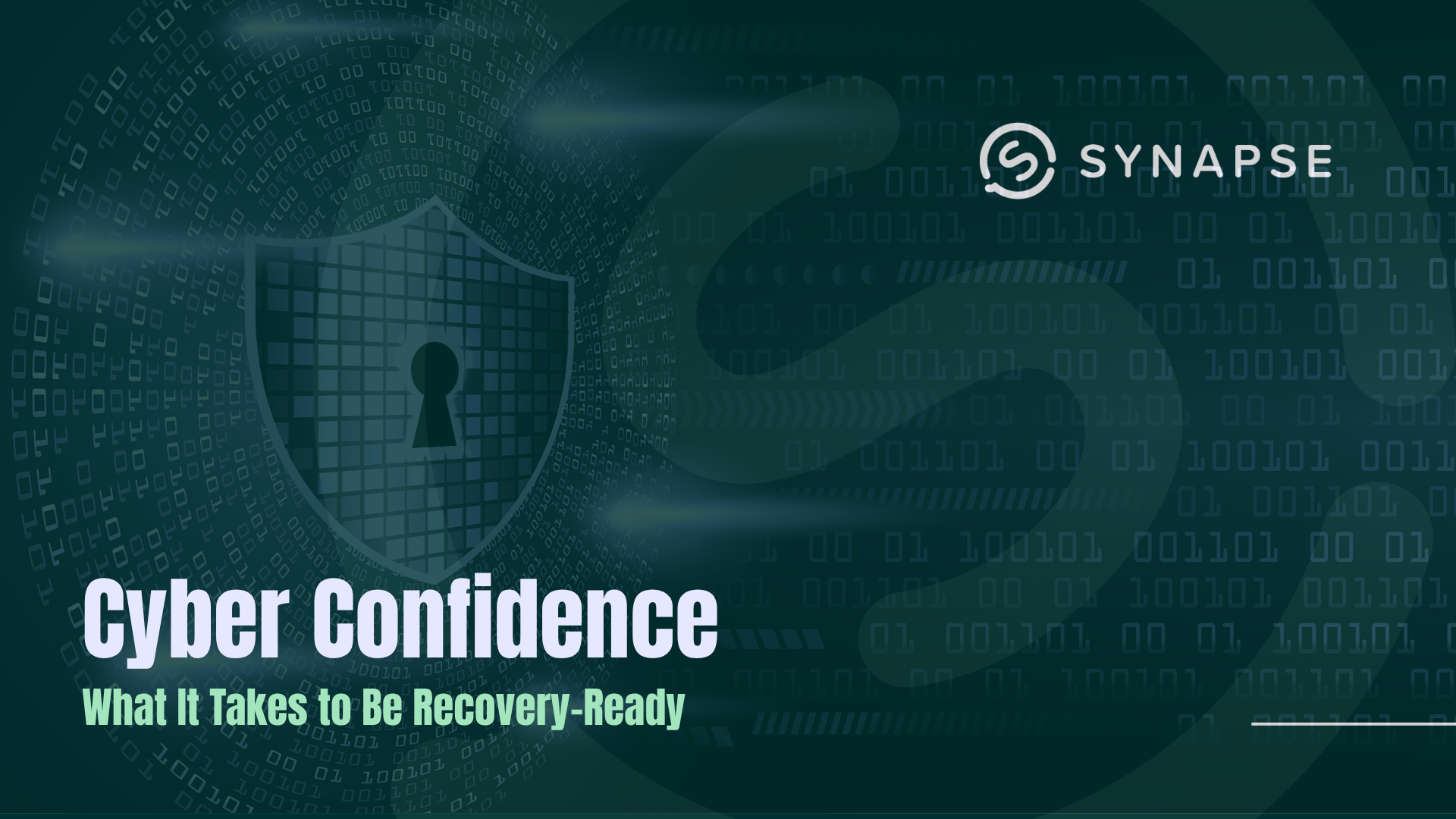

Every business in the world relies on data for success and data storage is a must for every business. However, the way this data is stored varies from organisation to organisation, based on their needs and preferences.The most two common data storage types are tape backup and disk back up. Tape backup provides the ability to copy data packages from a hard drive to a tape cartridge for storage backup and recovery purposes in the event of a cyber-attack or computer failure. Disk back up equally entails copying data and other information onto a hard drive for access when required.When most companies begin to compare the tape backup vs. disk backup for use in an air-gapped environment, there are four significant factors to consider:
- Cost & Performance
- Capacity
- Ecosystem benefits
- Reliability
Cost & Performance
You need to consider the cost and performance of tape and disk storage. Both tape and disk backup technologies are cost-effective options. However, when comparing head-to-head on a per-TB basis, the tape is not always the cheapest storage option. This is especially important when considering the large amount of data that modern organisations need to back up. A 5TB disk does not cost that much more than a 5TB LTO 6 tape, and the tape capacity is based upon average data compressibility, the native capacity is 2.5TB, so disk is not the expensive option anymore.However, original cost alone is not the only principal factor in determining your backup method. The recovery point objective (RPO) and recovery time objective (RTO) quantify how much data can be lost and how quickly data can be recovered during an outage. These are key metrics that organisations use to calculate the monetary cost of data loss and application downtime.
Capacity
Concerning capacity, the rapid advance of disk storage technology has progressed beyond the abilities of tape backup. Today, disk systems can store much more on a single device than tape backup systems. This not only offers storage benefits, but usability and accessibility become simpler when everything can be stored in one place.
Ecosystem benefits
As tape storage has become less popular, there has been less innovation in this area. Disk storage vendors have been collaborating on industry standards to support software-defined storage; while they still exist, there is limited compatibility between tape storage vendors.Even with the same vendor, some tape storage administrators have reported problems reading film written by another tape drive or head alignment differences between higher and lower capacity drives. Because this legacy technology is harder to use and more expensive to support, tape repair specialists are expensive, and recovery is harder than repairing damaged disks.Filesystem-based backup storage (disk storage) on top of today's modern file server infrastructure with all associated tools such as deduplication and encryption
- Several types of disk storage such as spinning disks, standard SSDs (Solid State Drives), NVME (Non-volatile Memory Express) etc.
- OS-level permissions and access control are provided with the storage system used.
- Access cloud-based storage.
- Easily managed with today's technology management stack.
As you can see, disk storage offers many benefits, the main one being leveraging all the software-defined capabilities in the world today. For example, online deduplication is a highly effective cost-saving tool, and while some tape drives may have this technology, they may not perform deduplication efficiently, depending on your software vendor.Another thing of note is that you can use high-performance flash for backups if needed. For example, if you are in a highly regulated environment with high data change rates and strict RPO requirements, you may need flash memory to meet your data protection requirements. You will not get that level of performance with tape storage.
Reliability
Since most tape systems lack modern storage management techniques, they may not be able to take advantage of deduplication, replication, data defragmentation, defragmentation, or other optimization and resiliency features. Even if a backup is made, there may be a lack of evidence that it is complete or that it is a data-consistent copy.A small amount of data loss or corruption affects the entire tape drive and may not recover from the error. Tape storage typically has more resource contention and connectivity issues, making backups take longer to restore.Not only does tape storage take up a lot of space, but it is also fragile because the membrane of tape and the tape drives used to read and write data have many weaknesses. The film must not be exposed to magnetic fields, UV rays, sunlight, or radiation of any kind, otherwise, it will be damaged.Tape storage must be used in a clean room, as any dust, heat, moisture, or creases can damage files, making it impossible to use tape for fieldwork. Attempting to read defective film can further damage the tape and drive readers.There are many moving parts, the drive head should be cleaned regularly, and all parts will wear out after a few years of use. Films must be stored vertically and handled with care to avoid damage that could result in damage. Since these tapes are separated from the physical storage system, they are also more prone to theft, and organizations are more likely to detect theft.The arguments for tape vs. disk backup, in the past, was not an easy decision to make however, now the decision is much more simple. Disk back up makes a lot more logical sense in terms of cost, usability, storage capacity and speed.
Discuss your IT business needs with our team today! Get in touch at Contact | Synapse360
Blog & Articles
Posts



